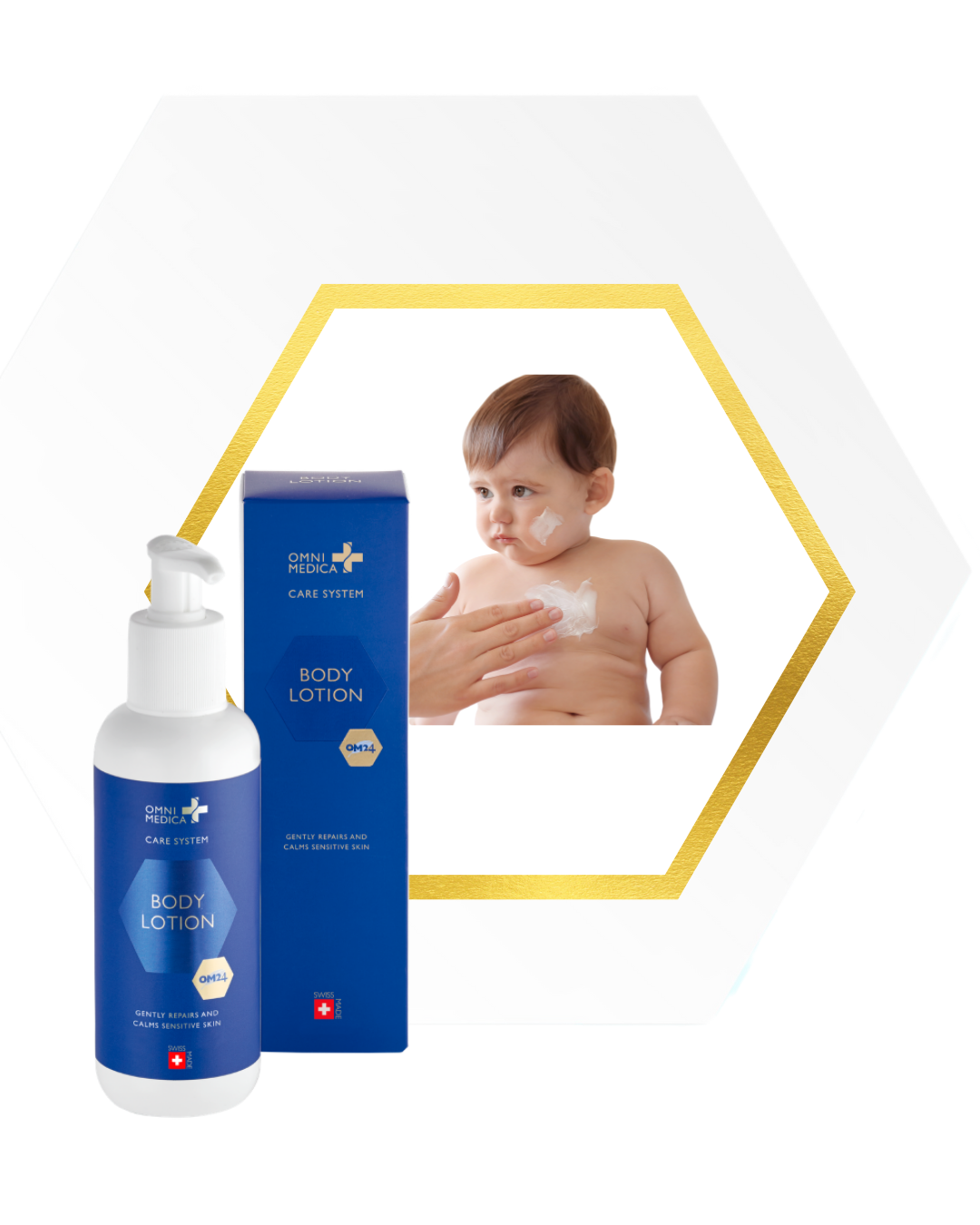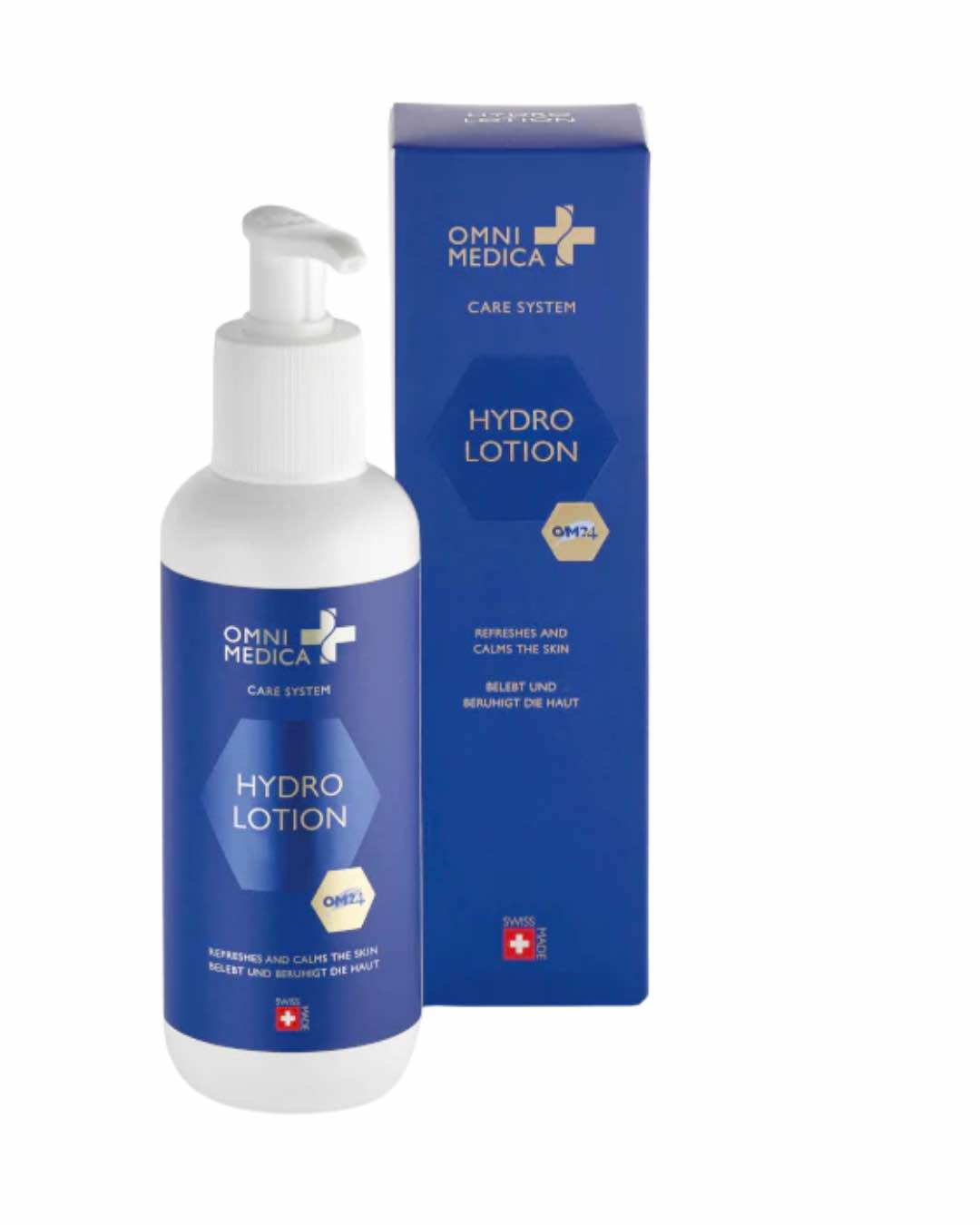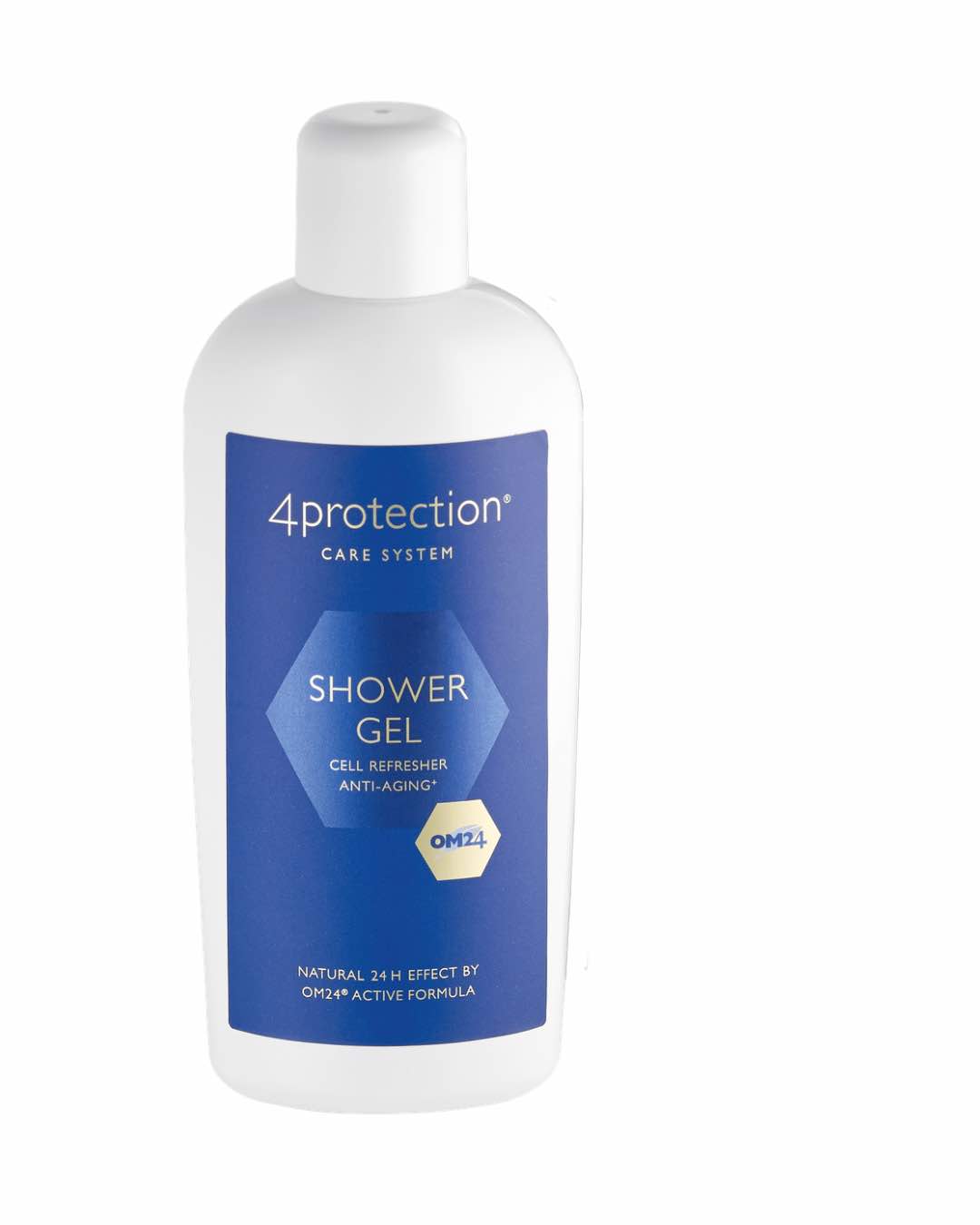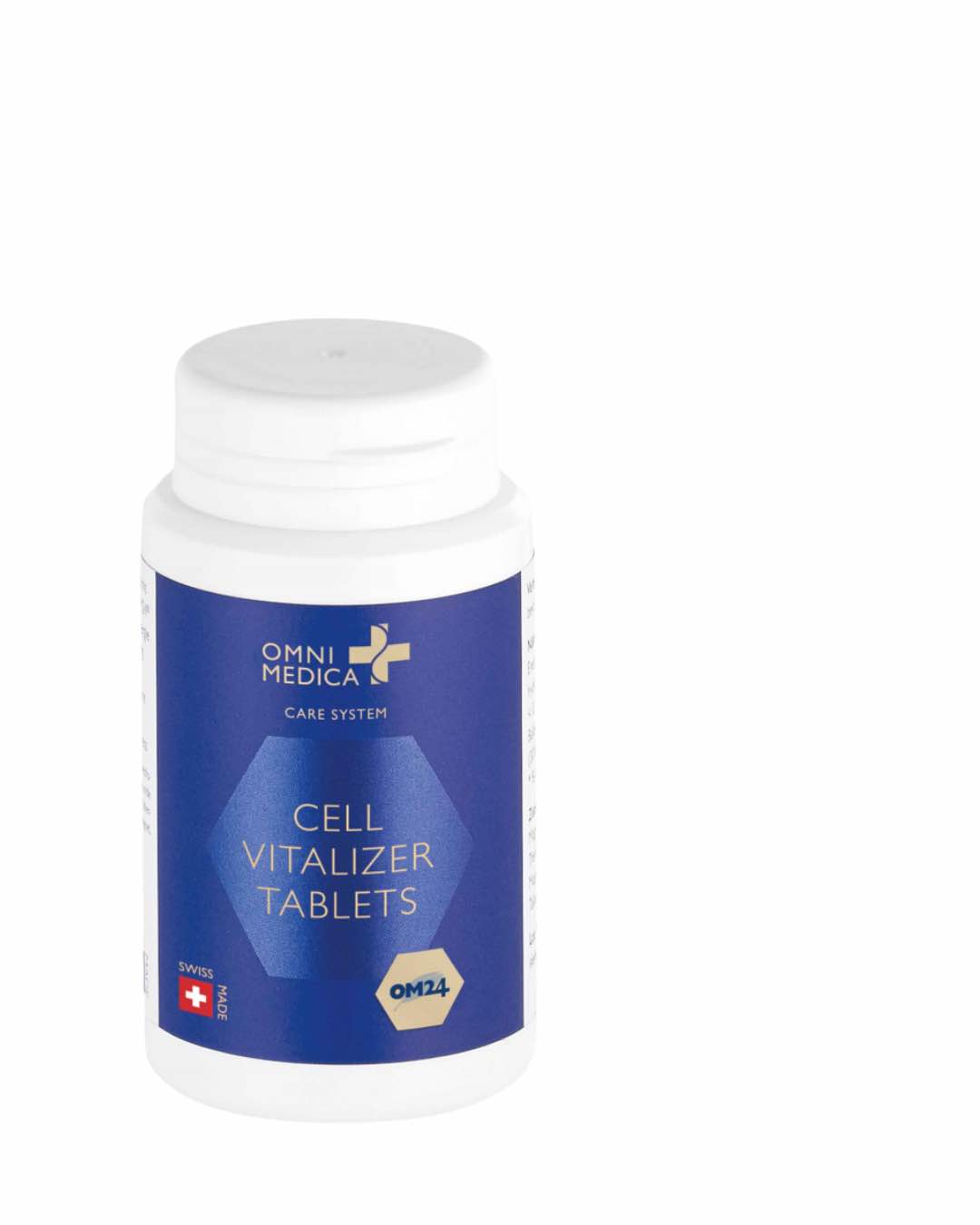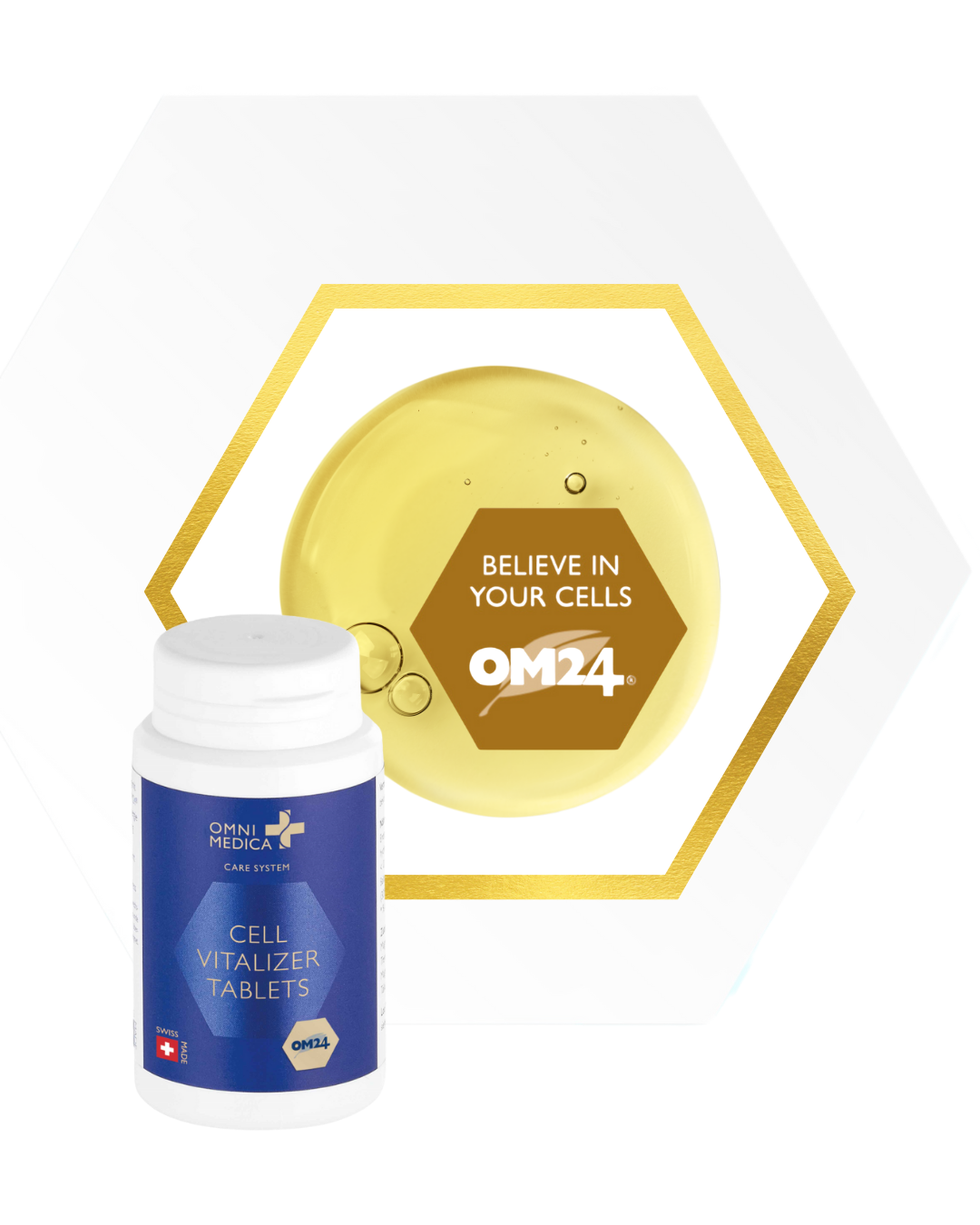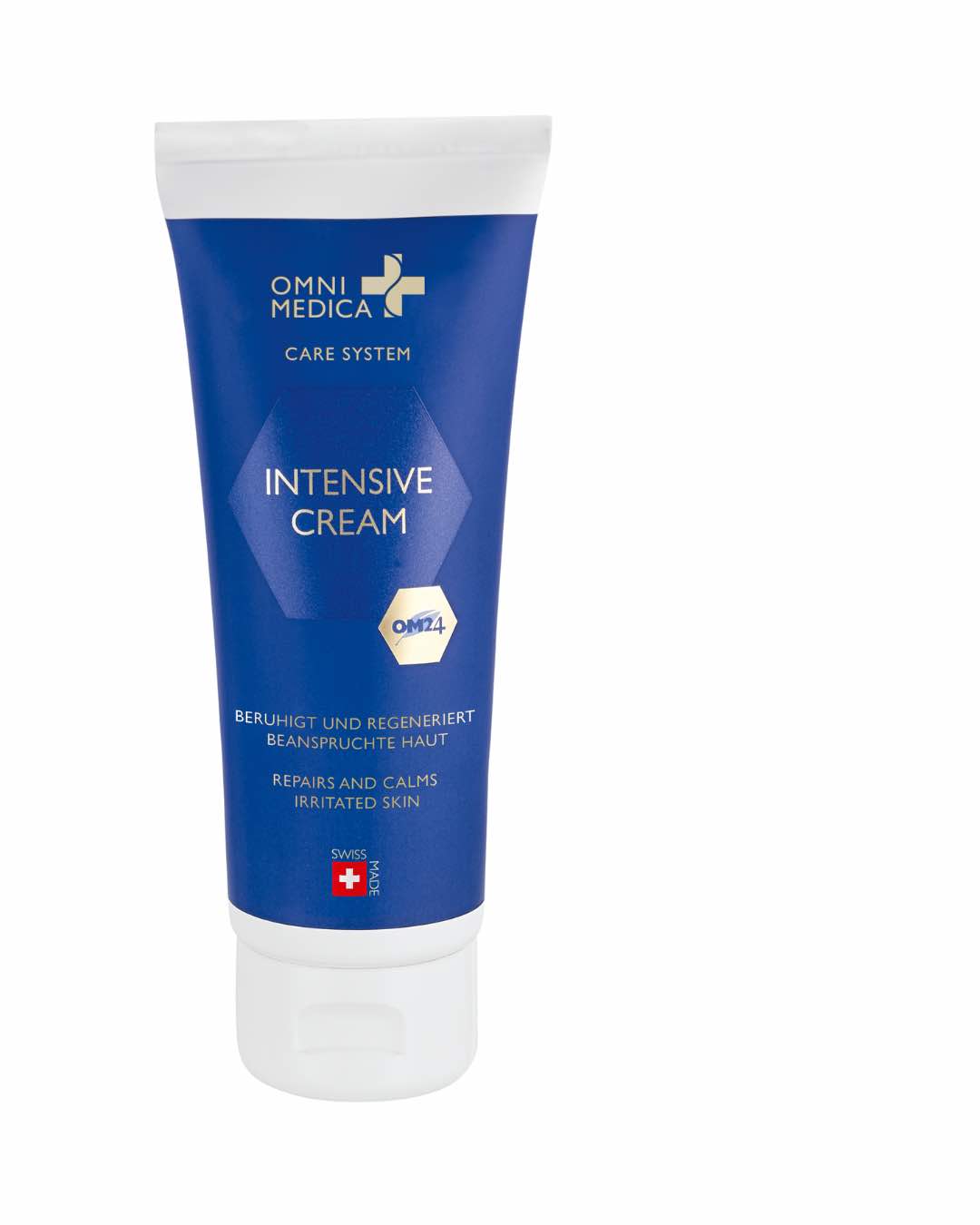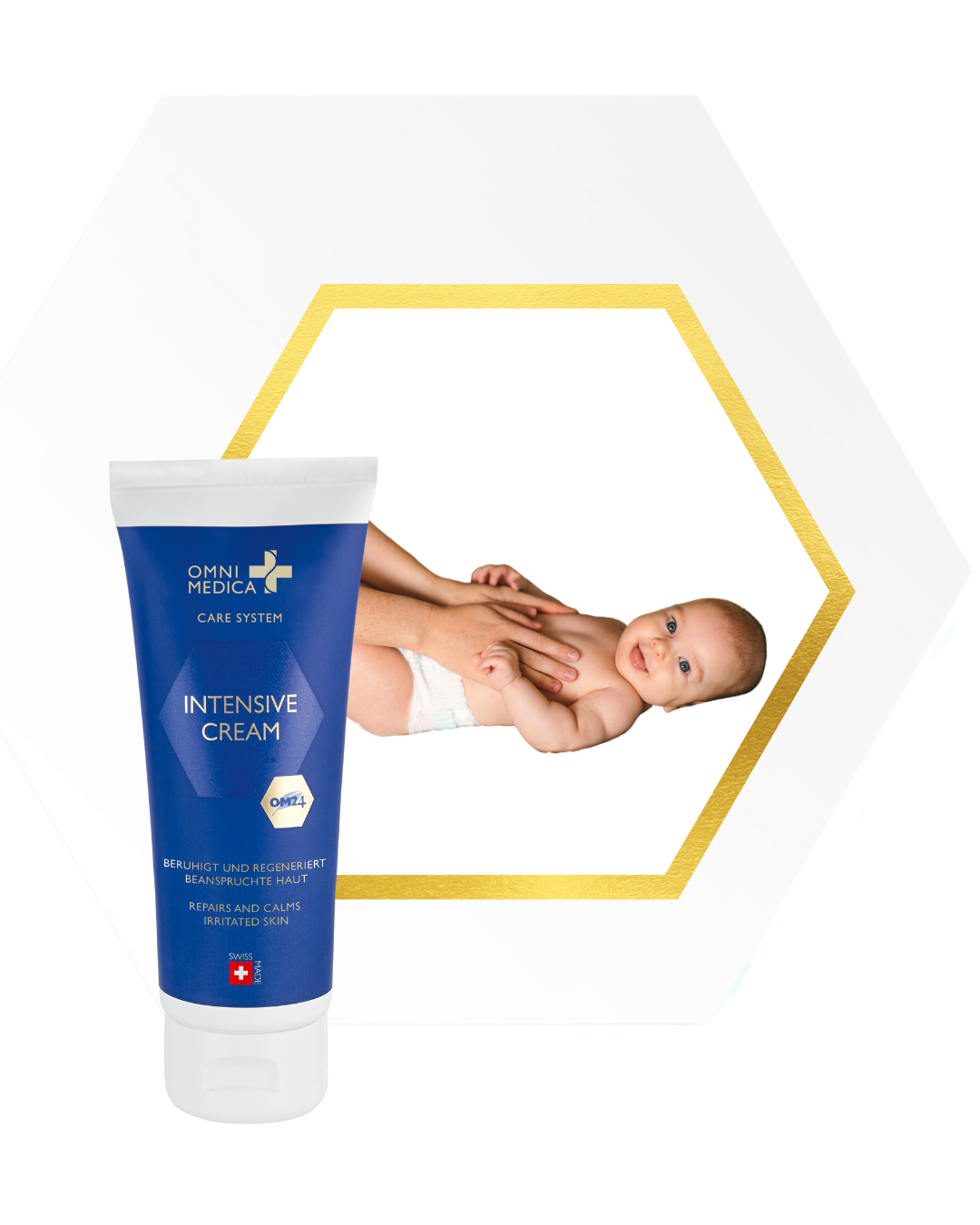Millions of people worldwide suffer from the symptoms of this chronic condition, which can affect not only the skin but also daily life. As one of the most common and distressing skin conditions today, it is of great importance to develop a deeper understanding of atopic dermatitis.
In this blog post, we would like to provide a comprehensive insight into the topic of atopic dermatitis - from the challenges faced by sufferers to proven strategies for caring for and managing this chronic condition.
What is atopic dermatitis?
Neurodermatitis, also known medically as atopic dermatitis, is a chronic and non-infectious skin disease that often occurs in episodes. It is an inflammatory disease characterized by symptoms such as severe itching, redness, dry skin and eczema. It is caused by a complex interaction of various factors.
- Genetic factors: Genetic predisposition plays a decisive role in the development of atopic dermatitis. Certain genetic variations can weaken the skin barrier and lead to increased sensitivity of the skin to irritants.
- Environmental factors: The environment can also have a significant influence on the occurrence of atopic dermatitis. Factors such as allergens, air pollution, certain foods and climatic conditions can trigger flare-ups or exacerbate the symptoms.
- Skin barrier disorder: The natural skin barrier is disturbed in many neurodermatitis patients. This means that the skin can no longer retain moisture optimally and is more susceptible to external irritants. A weakened skin barrier allows allergens and bacteria to penetrate, which can lead to inflammation and itching.
- Disturbed intestinal flora: Neurodermatitis can be associated with intestinal problems. Impaired intestinal flora or increased permeability of the intestinal wall can trigger atopic dermatitis.
Typically, atopic dermatitis occurs in childhood, but can also appear for the first time in adulthood. The signs can vary from person to person, with some sufferers experiencing only occasional symptoms, while others suffer from severe and persistent symptoms.
The most common symptoms of atopic dermatitis include
- Itching: A characteristic symptom of atopic dermatitis is intense itching, which can often be very distressing and leads to a vicious circle of scratching and inflammation.
- Redness: The affected areas of skin often show redness caused by the inflammation of the skin.
- Dry skin: Atopic dermatitis causes the skin to become dry and flaky. This can lead to feelings of tightness and an uncomfortable skin condition.
- Eczema: Eczema in the form of small blisters or cracked areas on the skin often occurs with neurodermatitis.
- Swelling: In some cases, areas of skin can also swell with this skin condition, which can affect appearance and well-being.
- Weeping spots: Severe inflammation can lead to weeping patches on the skin, which increase the risk of infection.
- Sleep disorders: The severe itching and discomfort caused by the skin symptoms can lead to sleep disturbances, which can have a negative impact on the quality of life of those affected.
Individual skin care is crucial to alleviate the symptoms and improve the course of the disease.
Trigger factors for atopic dermatitis
Atopic dermatitis can also be aggravated or triggered by various trigger factors. These factors can vary from person to person, but are important aspects in the treatment and management of atopic dermatitis.
- Stress: Stress is a significant trigger for atopic dermatitis. Emotional stress can lead to an increase in stress hormones, which in turn intensify inflammatory reactions in the skin. This can lead to a significant increase in itching and symptoms.
Dealing with stress through relaxation techniques, regular exercise or psychological support can therefore have a positive influence on the course of the disease.
- Allergens: Allergens are another important factor in atopic dermatitis. For many sufferers, allergens such as pollen, house dust mites, animal hair or certain foods can trigger skin irritation and inflammation. Contact with allergens can lead to a flare-up of symptoms and worsen the course of the disease.
Identifying and avoiding potential allergens can therefore help to reduce flare-ups and improve skin health.
- Weather conditions: Weather conditions also play a role as a trigger factor for atopic dermatitis. Cold and dry weather in winter or high humidity in summer can impair the skin barrier and lead to increased itching, dryness and inflammation.
Carefully adapting skin care according to weather conditions and wearing appropriate clothing can help to minimize the effects of the environment on the skin and reduce flare-ups of atopic dermatitis.
Treatment options
The treatment of atopic dermatitis aims to alleviate the symptoms, reduce inflammation and strengthen the skin barrier. There are various treatment options that can be used depending on the severity of the condition and individual needs.
-
Optimum intestinal health: Optimizing intestinal health, for example by means of colonic irrigation and a balanced diet, can make an important contribution to the treatment of atopic dermatitis. Targeted cleansing of the intestines and the promotion of healthy intestinal flora are aimed at alleviating the symptoms of atopic dermatitis. It is essential to adapt the diet to individual needs and tolerances and to ensure a balanced supply of nutrients.
- Skin care: Proper skin care plays a central role in the treatment of atopic dermatitis. Those affected should use mild, moisturizing care products without fragrances to protect and moisturize the skin. Regular application of cream, especially after showering or bathing, can help to reduce dryness and itching. It is important to avoid aggressive cleansers and to respond to the individual needs of the skin.
- Drug therapy: Drug therapy may be necessary for severe or acute flare-ups of atopic dermatitis. This includes topical corticosteroids, which inhibit inflammation in the skin and can relieve itching. It is important to always discuss possible therapies with a dermatologist.
- Alternative medical approaches: In addition to conventional medical therapy, there are also alternative treatment approaches that can be used to support the treatment of neurodermatitis. These include, for example, the use of special creams with herbal active ingredients, acupuncture, homeopathy or relaxation techniques such as yoga or meditation.
Can OM24® help with neurodermatitis?
Natural OM24® is a botanical complex developed to provide relief for various skin conditions, including atopic dermatitis. It contains anti-inflammatory and regenerative active ingredients that can help to alleviate the symptoms of atopic dermatitis and improve skin health.
The use of OM24® can be a natural way to counteract atopic dermatitis and improve general well-being and stress resistance.
Conclusion
Atopic dermatitis is a complex skin disease that is often a major burden for those affected. However, with the right understanding, individually tailored treatment and a positive attitude, it is possible to alleviate the symptoms and improve quality of life. It is important to be patient, listen to your own body and seek advice from a dermatologist or doctor. With a holistic approach and the support of effective products such as OM24®, atopic dermatitis patients can find hope and find their way to healthier skin.





